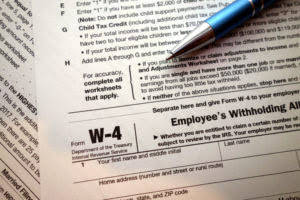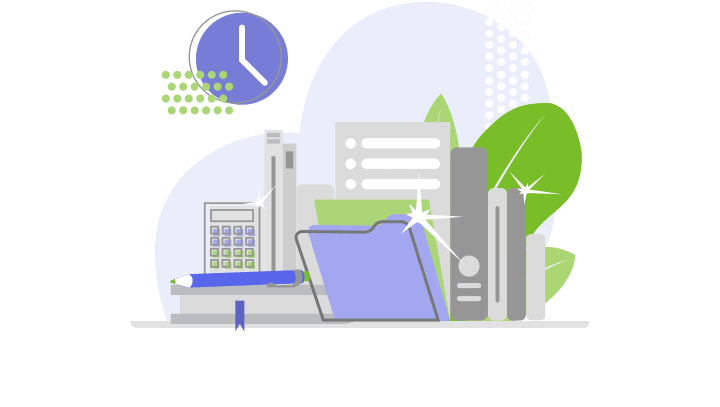Even minor mistakes in formulas or data input can lead to inaccurate analysis and faulty decision-making. Manual processes also consume significant time and resources, reducing the efficiency of the spend analysis process. Now that we have covered the spend analysis basics, it’s time to look at the spend visualizations. Different data visualization types can help make complex spend analysis data more understandable and actionable, enabling organizations to identify trends, outliers, and Accounts Payable Management opportunities for optimization more effectively. Payment term spend analysis provides excellent insights for companies to analyze payment practices and terms within their purchase-to-pay (P2P) processes. It explores the opportunities of leveraging all possible discounts or interest from the invoice payment process while increasing working capital.
- By integrating this information into your spend analysis, you can better assess potential risks and avoid costly disruptions.
- Finally, establishing firm spend approval workflows and spending thresholds can help prevent maverick spend and ensure compliance with your procurement policies.
- These tools can integrate with existing financial systems, apply advanced analytics algorithms to the data, and present the results in an easy-to-understand format.
- Armed with this information, you can begin to create smart policies for controlling expenses that will positively impact your bottom line.
Automation with spend analysis software
- For procurement teams, the best starting point for any metrics is to ask what are the key measurable goals of the business.
- It’s an in-depth process that can shed a lot of light on how the company is handling finances.
- Just upload your form 16, claim your deductions and get your acknowledgment number online.
- A frequent thought leadership contributor for the Ivalua Blog, Jarrod has worked across multiple industries, including higher education, public sector, retail, manufacturing, and engineered products.
- Spend analysis is a business process involving collecting, cleansing, classifying, and analyzing expenditure data.
In this way, companies can achieve better pricing through consolidated purchasing, reduce management complexity and foster stronger, more strategic relationships with key suppliers. A major challenge in spend analysis is fragmented data spread across ERP, AP, procurement, and supplier systems, each using different formats. Without native integration, creating a complete, accurate view of spend is manual and error-prone. This fragmentation leads to inconsistencies that undermine trust and force procurement teams to chase data instead of analyzing it. The productivity gains and enhanced decision-making capabilities typically offset the higher initial investment. Comprehensive supplier scorecards integrating spend data with performance metrics across quality, delivery, risk, and innovation dimensions.
Enhanced Analysis Capabilities
Though this sounds like something everyone would say, it is the most important part of the entire process as this determines both the end goal and the layout for the approach. Now that we’ve understood the why and the what behind spend analysis, let’s get started with the where- “Where to start? Normally, spend analysis data sources would be related to finance, especially purchase orders. On the other hand, spend analysis focuses on company-wide spending, including indirect spending like office supplies and utilities, with the goal of reducing overall expenditure across all business units.
- Procurement is only going to grow more difficult, so the greatest companies know where every dollar goes and organise their purchases by time, necessity, and price.
- Vendor names may be formatted differently across systems, invoices often contain uncategorized spend, and data from various sources can be full of duplicates and errors.
- Spend Analysis Consolidation, is the consolidation of the procurement spend analysis process.
- Pie charts represent parts of a whole and are useful for showing the distribution of spend across different categories or suppliers.They provide a clear visual representation of the proportion of spending in each category.
- Further you can also file TDS returns, generate Form-16, use our Tax Calculator software, claim HRA, check refund status and generate rent receipts for Income Tax Filing.
Regularly monitor and review your data

The results of this analysis may form the basis for supplier management and improve vendor relationships. In this case, spend analytics dashboards are interactive screens that give you an extensive view automated spend analysis of the organization’s activities in procurement or sourcing. A dashboard works like a ticker at the bottom of your screen, giving you a quick look at the most relevant information. So, dashboards help to view the number of suppliers and their value for your business. Spend analysis software is any automation tool or software solution that helps you conduct spend analysis quicker, more effectively or repeatedly aided by purpose-built technology. At Art of Procurement we track over 25 different procurement analytics software providers from emerging best-of-breed tools to full-suite solutions for large enterprise organizations.

Spend Analysis Software

Stay connected with cutting-edge procurement and supply chain insights – anytime, anywhere. Both you normal balance and the supplier needs to be getting something out of the deal, which means neither party is being taken advantage of. You need to know that you’re getting what you want and need from a financial standpoint, and through a spending analysis, you may determine things aren’t working in your favour. Knowing where your money is being spent, who it’s going to be, and what you’re getting for it will identify strengths and weaknesses.

